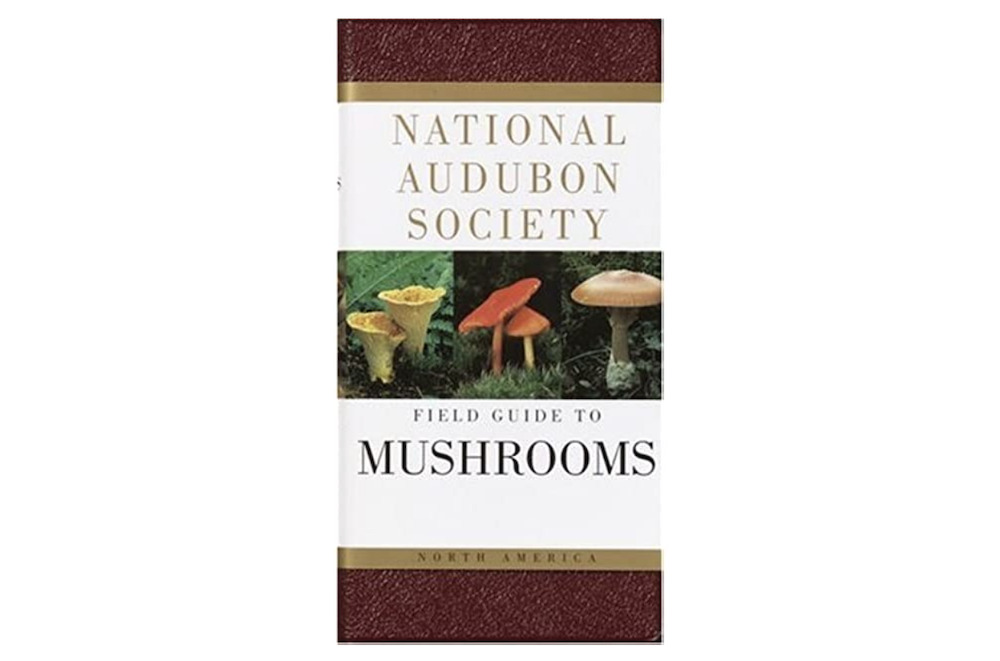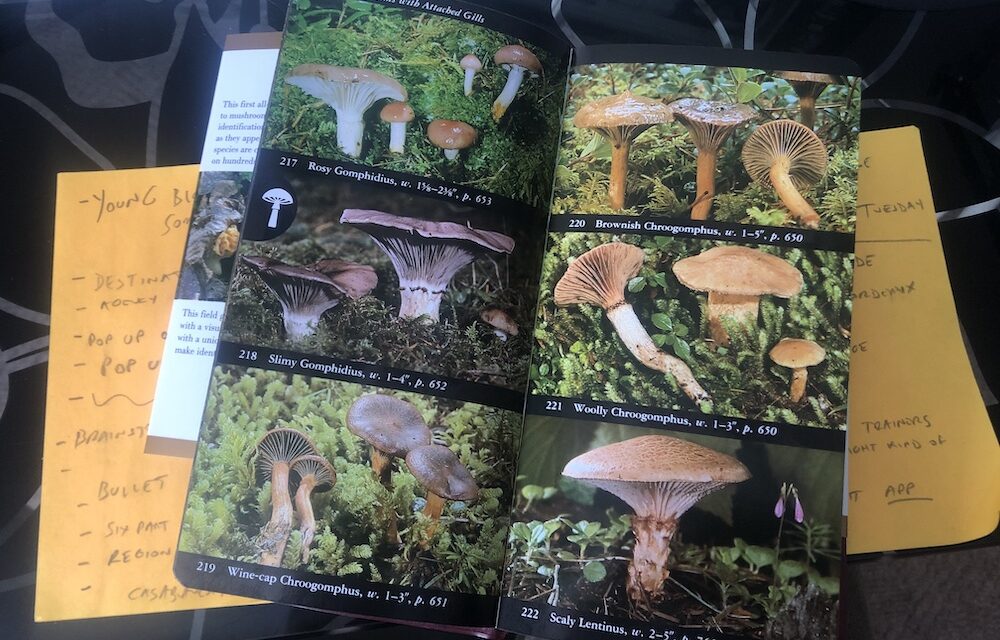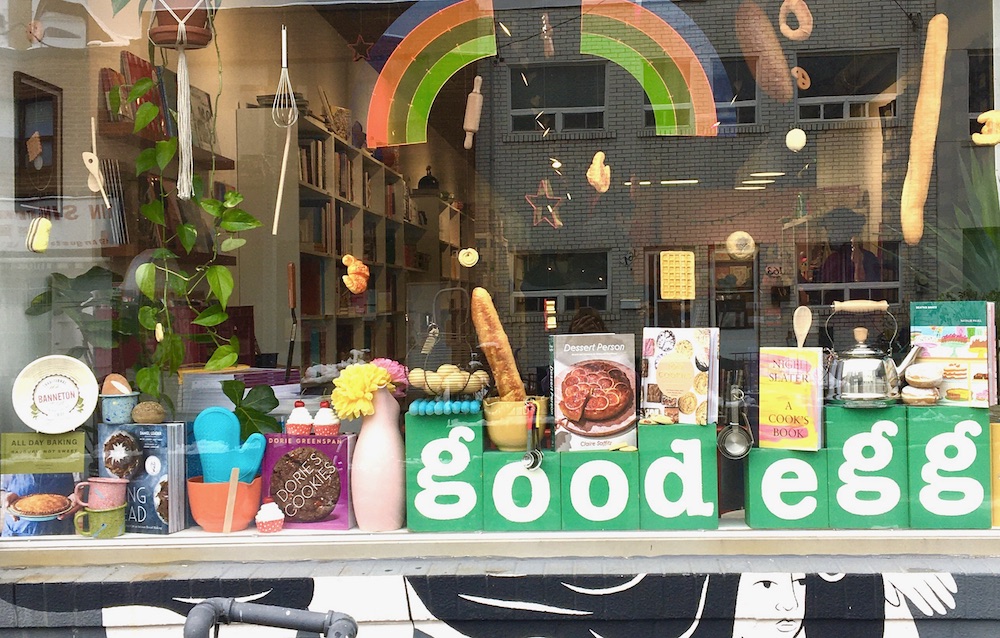National Audubon Society Field Guide To Mushrooms – North America (Knopf/Penguin-Random House) $35
In a concerted effort not to poison myself (not to mention friends/family), I have hunted high a low for the best wild mushroom identification guides, coming to the conclusion that this field guide from the National Audubon society is undoubtedly the cream of the crop.
It is a book of three parts: A short introduction with clear and concise instructions on how to use the book (it’s essential to read this bit), a section comprising 756 high resolution colour plates taking up around 48% of the book, and another 564 pages of condensed text cross-referencing the beautiful colour photos in the previous section and outlining details of each mushroom (Names, description, edibility, season, habitat, range, lookalikes, and additional comments re: folklore and the like!).
Contained within is basically everything one needs for successful and safe wild mushroom identification, and a copy of this smaller book (8″ x 4″ x 1.5″) travels with me in my backpack each and every time I’m out hiking these days, even during the winter (Chaga!). Please note that while the pages within are not waterproof, the guide’s vinyl cover is pretty durable.
Key to this book is the photographs, as quality-wise they are head and shoulders above the pics (and often illustrations) found in other field guides. I also appreciated the manner in which the photos are arranged by their typical shapes in silhouette, from small, fragile gilled mushrooms, through myriad polypores, to slimes, moulds, and jellies. This allows for reasonably quick cross-referencing with first the correlating image and secondly the detailed text sections.

First published in 1981, this book is currently in its 36th printing, and having seen the evolution of this guide, today’s comprehensive edition is understandably much improved and updated.
I’d take this particular field guide over any one of those mushroom identification phone apps any day, but used in conjunction with one another I think you’ll find them to work as a pretty decent combo. One simply cannot be too careful when it comes to eating wild mushrooms.
I’d grab one of these for your hiking backpack or as gift for anyone who is in the least bit fungi-curious. Even if one isn’t into the consumption of such a bounty, searching for and identifying different fungi, edible and not so, can be a real joy in itself. Once one starts looking, one will be be amazed at the sheer number, not to mention diversity, of fungi growing all around us.
![]()
(Five out of a possible five apples)







